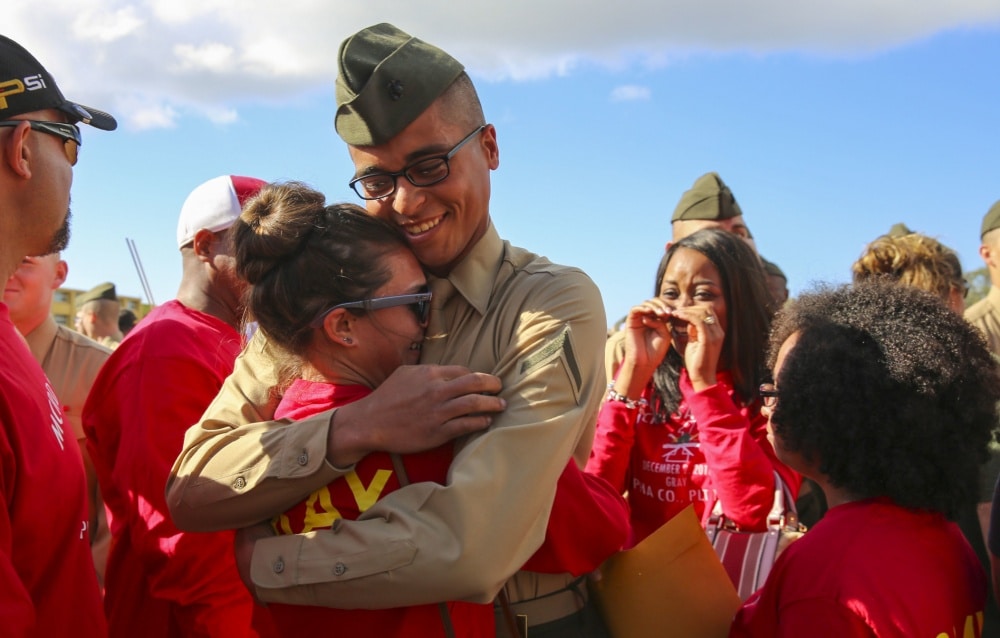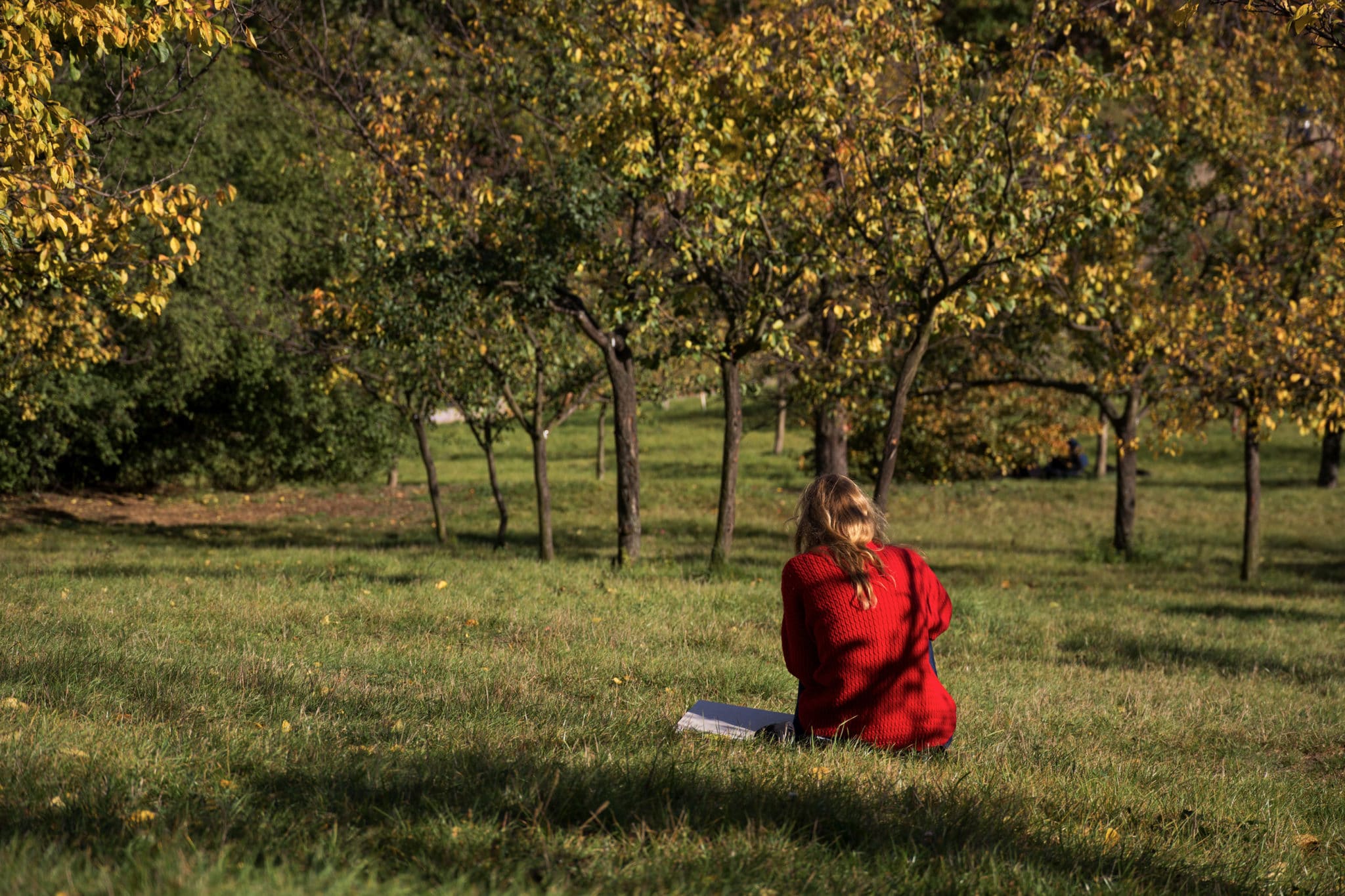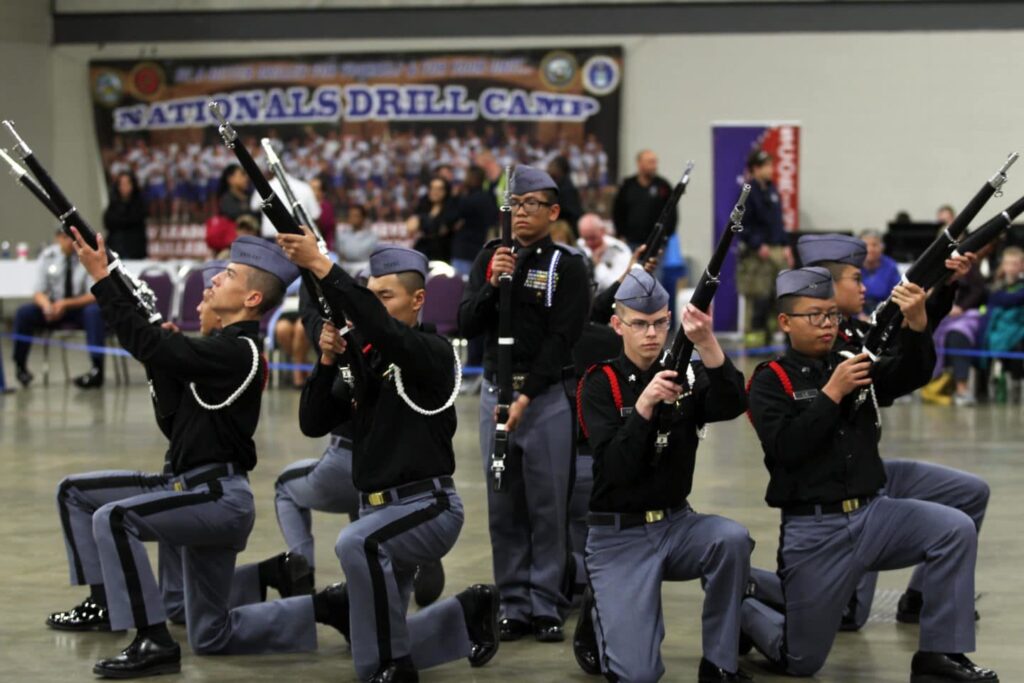
- The App
- Sandboxx News
- Resources
Learn
- Company
About
Become a Partner
Support
- The App
- Sandboxx News
- Resources
Learn
- Company
About
Become a Partner
Support
People remember stories and concrete images much better than abstract facts. That’s one of the reasons why big brands have “mascots” – like the Geico...

People remember stories and concrete images much better than abstract facts. That’s one of the reasons why big brands have “mascots” – like the Geico gecko, the Keebler elf, or the Travelocity gnome. Humans respond to narratives, and research says we’re 22 times more likely to remember a fact when it is associated with a story.
So what does that have to do with letters? The simple answer is: If you can’t think of something to write about, tell a story. If you really want someone to feel like they’re right there beside you, write about what they would have been seeing if they were right there beside you.
And it’s not just what they’re seeing. When you’re thinking in story terms, think about how you can incorporate all five senses into what you’re writing. Let’s say it’s a Sunday, and you just got back from the park, and you’ve sat down at your kitchen table to write a letter to your recruit at boot camp. You start the letter by saying, “Today I went to the park.” You might think that’s boring, and now you can’t think of anything else to write, because nothing important stands out to you about your day so far.

But what if you said: “I went to the park early today, and the sky was full of pinks and yellows. The dog was so excited he was panting. We stopped at the bakery on the way, and I bought a croissant, and sat down on the bench to eat it. It was so flaky the pieces were falling off in my hand, and it tasted just as buttery as the ones we had when we were in France. I gave the extra pieces to the birds, and ten or so of them came pecking around my feet, making chortling noises. There was a group of children playing frisbee in the grass, and rolling as they caught it, and it was so peaceful I sat there and watched them for another twenty minutes.”
Suddenly, your “boring” day at the park becomes alive. You’ve written about what you’ve seen (the pink sky), what you’ve heard (the dog panting), what you’ve tasted (the buttery croissant), what you’ve touched (the flaky pastry) what you’ve heard (the birds chortling). And for someone hundreds or thousands of miles away at boot camp, maybe feeling particularly lonely that night, that letter becomes something very special and memorable.
Or maybe you went bowling with friends. Was it crowded? Did the shoes smell very bad? Did you order pizza and beer? What was the lighting like? Was there music playing? What score did you get? What color was your bowling ball? Were there arcade games? Did they remind you of something you used to play as a kid? These may seem like mundane details, but they’re the stuff stories are built on.

Here are a few things to think about when you’re thinking in story terms:
We all live our lives in a series of moments that seem very uninteresting until you break them down piece by piece. They’re actually filled with color, noise, light, people, music and more. Thinking about the stories you’re going to tell in your letters will actually help you live more mindfully, and be present in these moments.




